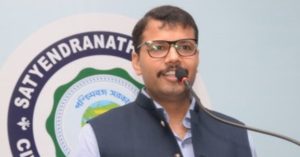Jharkhand IAS’s Anganwadi Revolution: From Neglect to Mobile Labs & Health Centres
Ranjan increased the gross salary of doctors to 1.2 to 1.5 times, and in turn, revolutionised the once-overlooked healthcare sector in West Singhbhum.
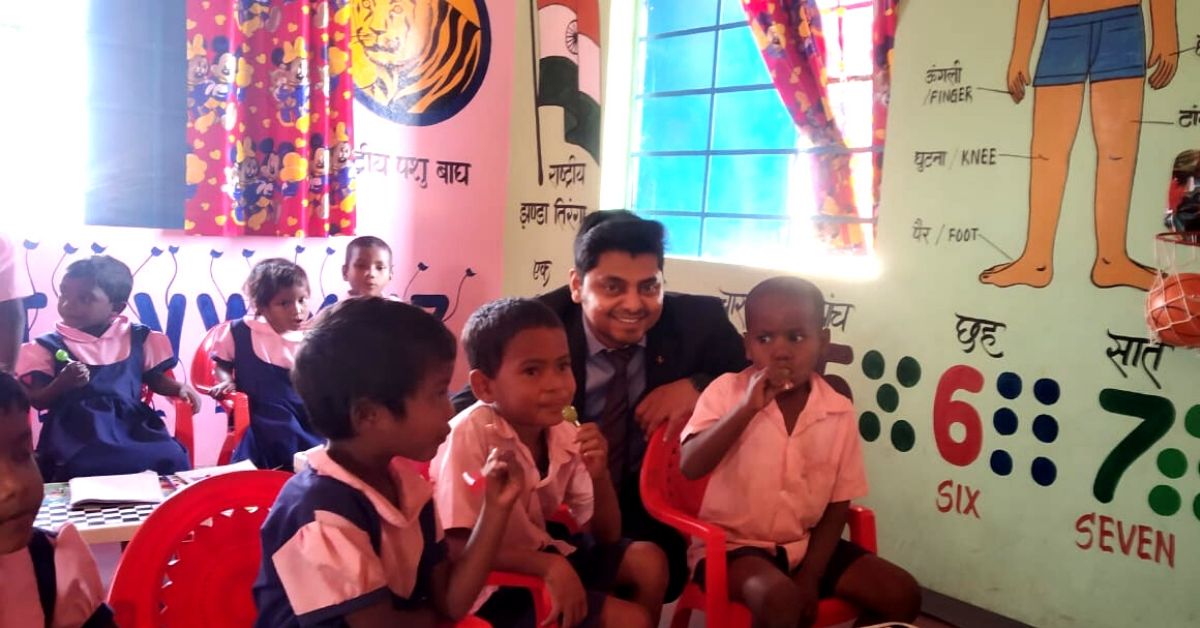
It was a fairly hot September day in Chaibasa, Jharkhand when newly appointed District Development Officer Aditya Ranjan set out on a ground-level survey of the primary schools in the tribal town. Having grown up in Bokaro, he was somewhat aware of the drawbacks in the educational sector of the state, especially in the rural interiors.
However, little did he anticipate that he was in for a drastic shock.
The crumbling Anganwadi buildings offered him a despondent welcome with disoriented kids and absentee teachers. “Many of the Anganwadis were not even open. The ones which were active had dilapidated buildings sans proper toilets or drinking water facilities. Children only came for the mid-day meals. The government-mandated Mata Samiti (forum for teachers and helpers in each Anganwadi) were nowhere to be seen.”
Ranjan was gravely disheartened to spot such an appalling gap in infrastructure and services in over a hundred Anganwadi centres. It took him a day or two to make up his mind about the next step of action.

He selected the untended Gitilipi Anganwadi centre as his target and was determined to establish it as a model Anganwadi in the state. He even spent a sizeable portion of his salary toward this objective. From renovating the school building with paint, plaster and functional toilets to transforming the entire curriculum – it took Ranjan just a few months to fulfill his resolution.
This was in the year 2018.
Fast forward to the present, Ranjan has successfully revolutionised the entire Anganwadi system in the region, effecting laudable changes in over 650 Anganwadi centres in West Singhbhum district, Jharkhand. He has also launched commendable initiatives like mobile science laboratory, digital literacy workshops and an increased number of healthcare centres.
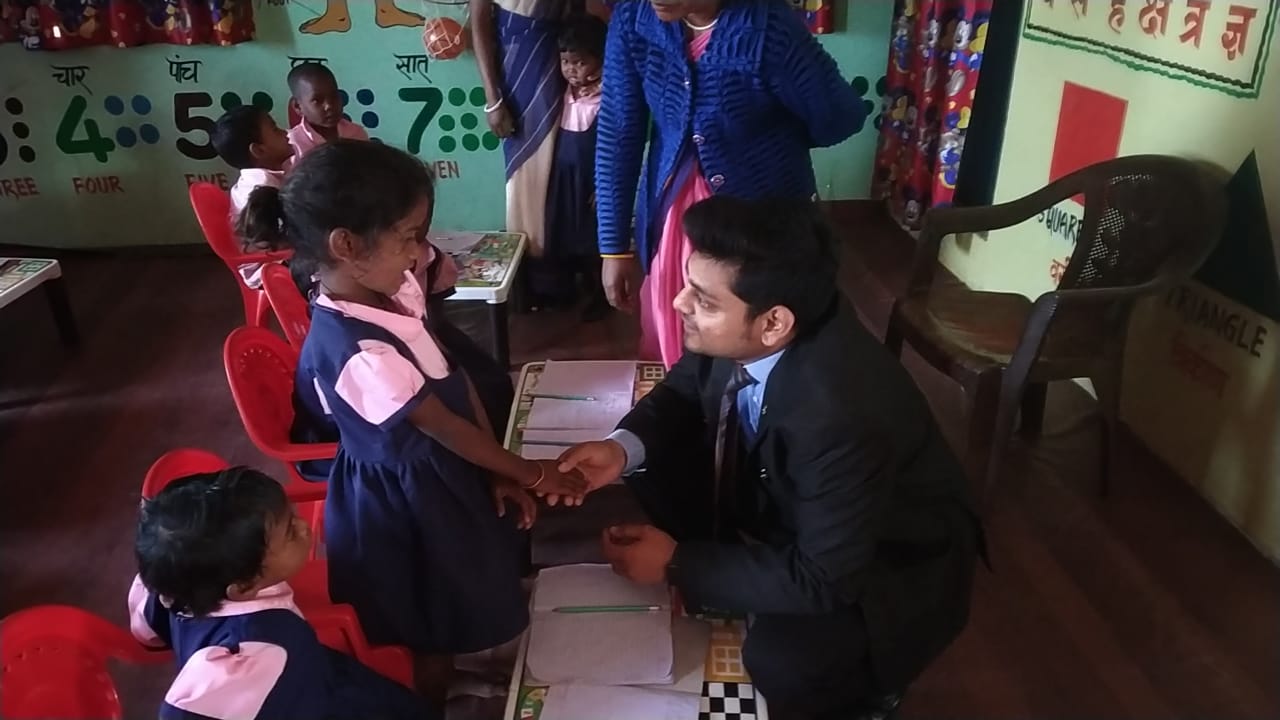
The First Model Anganwadi Centre at Gitilipi
The 2015-batch IAS officer from Jharkhand always nurtured a keen interest in educating children. During his first posting in Deoghar district, he started teaching the local children for free, who otherwise were deprived of access to a decent education. He decided to scale up his initiatives after his posting in West Singhbhum and following his disappointing tryst with the on-ground reality of school education in the district.
In an exclusive conversation with The Better India, Ranjan shared details about the changes he has introduced in the education sector in the district, with integral focus on healthcare, nutrition and sanitation.
“In most of the Anganwadi centres that I visited in Chaibasa, the appointed Sevikas and Sahayikas were extremely negligent towards the well-being and learning of the kids. So, at the remodelled Gitilipi centre, I gave special attention to training the recruited Sevikas and Sahayikas to perform their duties diligently. They were trained by experienced early childhood professionals from Titli Teacher Training Institute,” informs Ranjan.
He reveals how each student was given two sets of new uniforms, along with a sanitation kit which included nail cutter, comb, tissue paper, soap etc. The Sahayikas were strictly instructed to pay extra attention to the hygiene of the children.
“It was very heartwarming for me to see how the Sahayikas were now taking extra care of the kids. They were cleaning them, even bathing them in school premises, making sure they are well-fed and healthy. Seeing their kids cleaner and healthier than ever before, the parents also realised the importance of hygiene,” Ranjan expresses with exhilaration.
“On the academic front, the students were provided with proper textbooks, stationery, learning toys and classroom accessories. Whenever I visit, they would rush to show me the national flag painted on the wall or the picture of the national bird hanging in the corner.”
The students at Gitilipi were over the moon to learn about their motherland, its fascinating history, geography and culture. It was for the first time they actually learned something beyond their regular world of mud huts, mid-day meals and farming families.
1000 model Anganwadis by May 2020
After receiving immense appreciation for his Anganwadi Model at Gitilipi, Ranjan geared up for the momentous task – replication of the same model across the district. Thanks to his earnest dedication and sincerity, nearly 650 Anganwadi centres in West Singhbhum have now been transformed into active centres of learning.
Mata Samitis are operational in each of these centres which ensures a foolproof management module. Ranjan and his officials inspect the Anganwadis twice a month to eliminate gaps in implementation of the schemes.
“We have already tendered 350 more centres which are estimated to be completed by April-May. We are targeting to transform 1000 Anganwadis by May this year,” shares Ranjan.
To ensure proper implementation and maintenance of Ranjan’s directives, the professionals from Titli resorted to the use of a mobile app where daily data about each activity at the Anganwadi was noted and recorded.
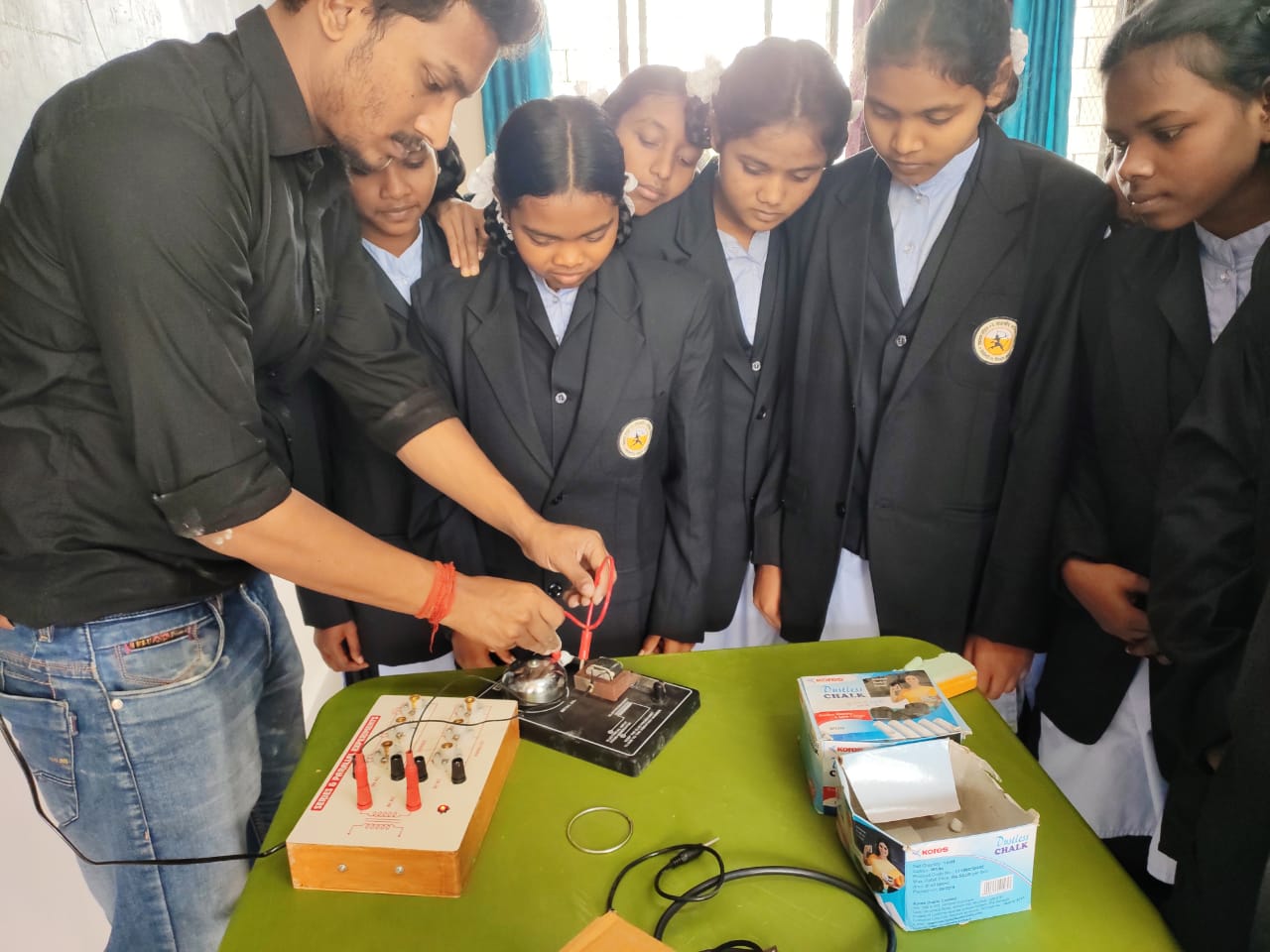
“Our experts trained the Sevikas and Sahayikas, and thereafter started monitoring their progress on a regular basis. We recruited people on the ground to check on the day-to-day activities at each centre. They would specifically note down if any centre is lagging behind or if any centre is faring exceptionally well. All the data would finally be assessed by Ranjan Sir and his department and steps were taken accordingly to improve their functioning further,” states Pranjal Modi, the District Coordinator of Titli for the Anganwadi programme.
“We trained nearly 850 Anganwadi workers in Chaibasa and around 150 in Deoria. Our unique training programme mandated the workers to interact with the children directly. Their interactions were supervised and intervened if needed, to ensure that all the workers were well-equipped to handle a child by the end of the training,” informs Pranjal.
Through the trained workers, the students are taught emotional and adaptive life skills, aside from the syllabus. Their daily routine now follows a strict balance between learning and fun – starting with the morning assembly and comprising exciting extra-curricular activities.

Wonder on Wheels
Ranjan has also notably brought forth a brilliant initiative in the domain of science education – Wonder on Wheels. These mobile laboratory vans have done away with the woes of rural students who aspired to take up science stream after 10th standard. Due to dearth of funds and science teachers in higher secondary schools in villages, laboratories were an alien concept, before Ranjan stepped into the scene as a saviour.
During his posting at Deogarh, Ranjan observed a curious incident. At the teacher recruitment examination, around 150 candidates applied for two vacancies for social sciences teachers. Whereas, there were only three applicants for two vacancies in the position of science teacher and not a single application for the coveted Math teacher position.
“I figured that the reason behind this discrepancy lay in the rural students’ apathy to opt for science in higher education, fearing that science stream demands higher fees. This is why science was such a neglected stream in Jharkhand in plus two.”
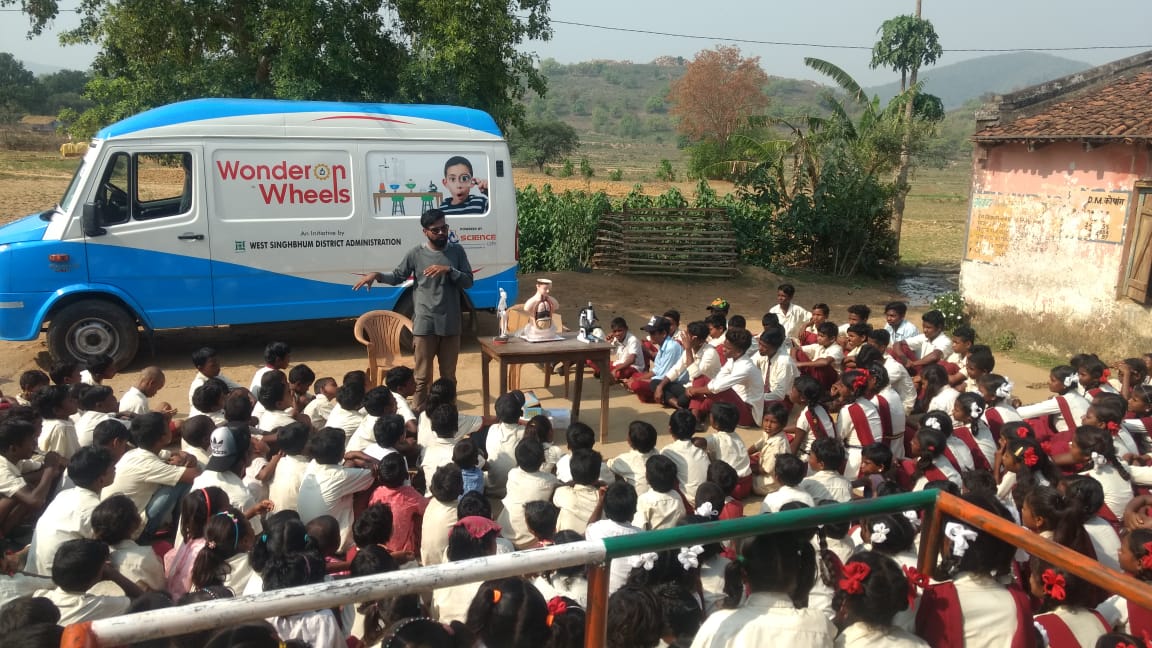
Ranjan commissioned three mobile vans which were stocked with laboratory equipment for Physics, Chemistry and Biology each. The vans, christened ‘Wonder on Wheels’ and managed by three teachers, now ply across 129 high schools, conducting 9 lab sessions each day for 8th to 12th standards.
“Students who once had no idea what a microscope was, are now demonstrating the sections of a living cell under the microscopes on Wonder on Wheels,” shares Ranjan.
Championing Digital Literacy
Ranjan’s DeGs (District e-governance program) deserves another special mention among his endless list of noteworthy endeavours. After noticing the lack of basic computer awareness in the rural youth, Ranjan decided to start his own digital lab and train youngsters.
“In 2019 May, we already had a few machines installed in control centres for the preceding Lok Sabha elections, which I decided to turn into digital labs. I started with around 80 students aged between 20 & 30 years. As word spread, more and more people started enrolling, and we had over 400 candidates by the fourth batch. Even many parents joined in with their sons and daughters. Interestingly, over 75 per cent of our enrollees were women.”
Till date, nearly 1700 youths have undergone the DeGS training and earned decent jobs in public and private sectors.
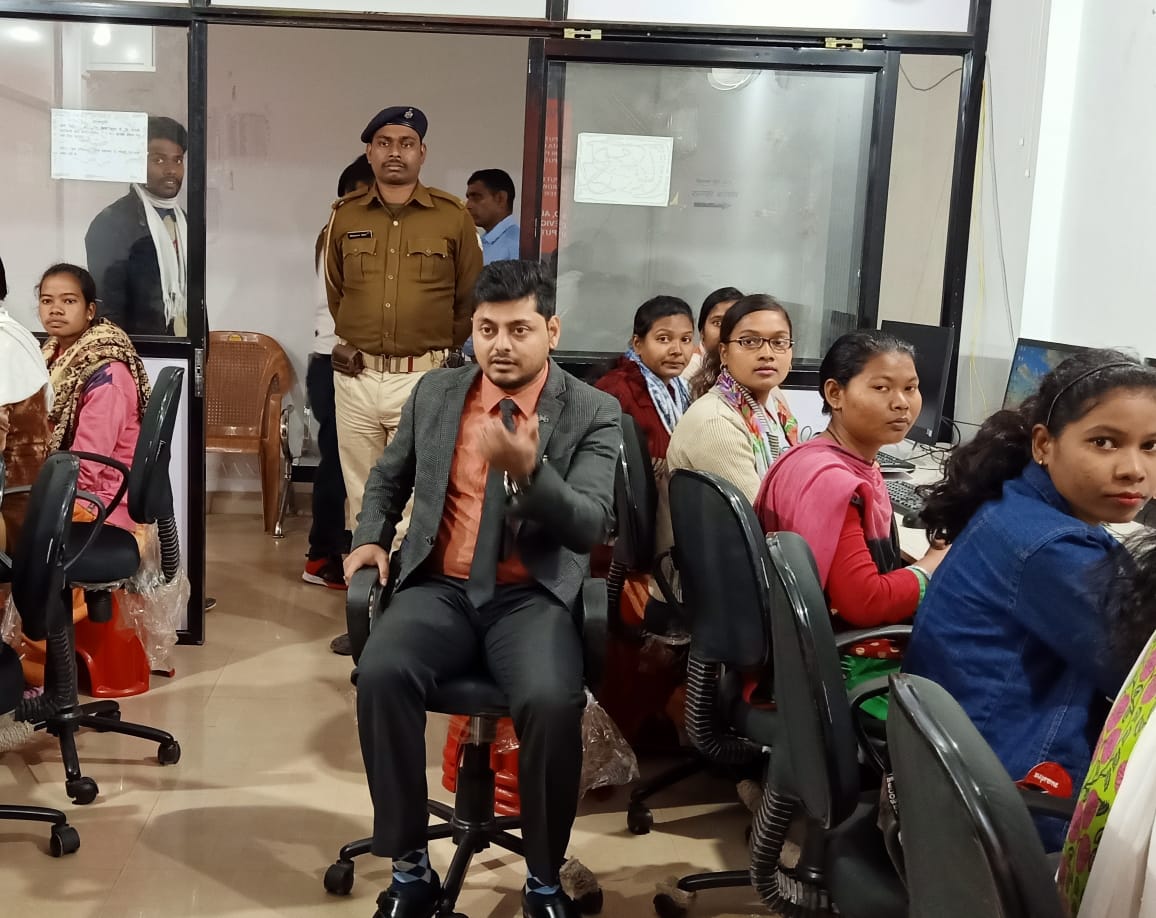
To conduct the training sessions, Ranjan created the Collector’s Fellowship Programme where students were hired for internship from deemed institutions like BIT Mesra, IIT Dhanbad, DSSW Delhi, JNU, TISS Tuljapur, NIT Rourkela and Allahabad Agricultural University. During their 2 to 6 months internship, the students mentor the rural youth in beginners’ and advanced computer skills.
Ranjan himself conducts a soft skills session towards the end of each course module where the mentees are made aware of misuse of internet, cyber crime and proper smartphone management.
Bringing Global Standard Healthcare to the Most Underdeveloped Areas
Despite its huge population, India has an unfortunate doctor to patient ratio, which is further lopsided due to the concentration of more doctors in urban settlements. Most of the doctors are unwilling to serve in rural interiors due to poor compensation and lack of infrastructure.
To combat this issue, Ranjan increased the gross salary of doctors to 1.2 to 1.5 times of the standardised payout by National Health Mission. He provisioned the increase through the mining fund allotted for healthcare. For instance, the doctors were now paid Rs 17,000 incentive for inhabiting in the district and attending to the rural patients regularly.
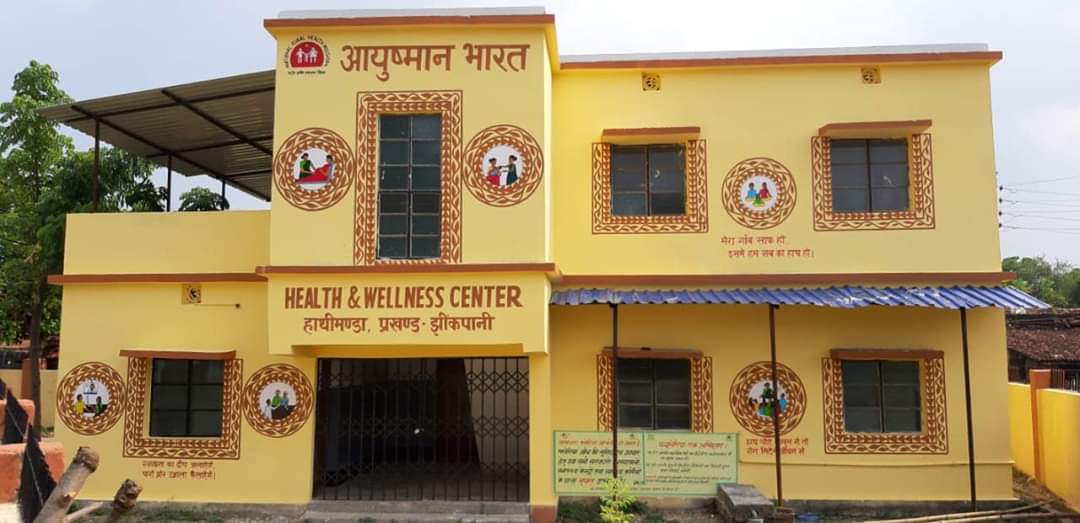
Today, around 44 doctors, 300 nurses and 40 pharmacists are actively working in the district – much higher than the number in the neighbouring districts. In fact, the Zilla Sadar Hospital in West Singhbhum has recently earned the top rank in Jharkhand among all district hospitals with regards to service and infrastructure.
In an underdeveloped district like West Singhbhum, Aditya Ranjan has emerged as a ray of hope for the rural citizens. We strongly hope his brilliant efforts are replicated across the state, and in turn, the entire country.
Also Read: Midnight Raids & Life Threats: This IAS Officer Fearlessly Fought UP’s Sand Mafia
(Edited by Saiqua Sultan)
Like this story? Or have something to share?
Write to us: [email protected]
Connect with us on Facebook and Twitter.
This story made me
-
97
-
121
-
89
-
167
Tell Us More
We bring stories straight from the heart of India, to inspire millions and create a wave of impact. Our positive movement is growing bigger everyday, and we would love for you to join it.
Please contribute whatever you can, every little penny helps our team in bringing you more stories that support dreams and spread hope.






